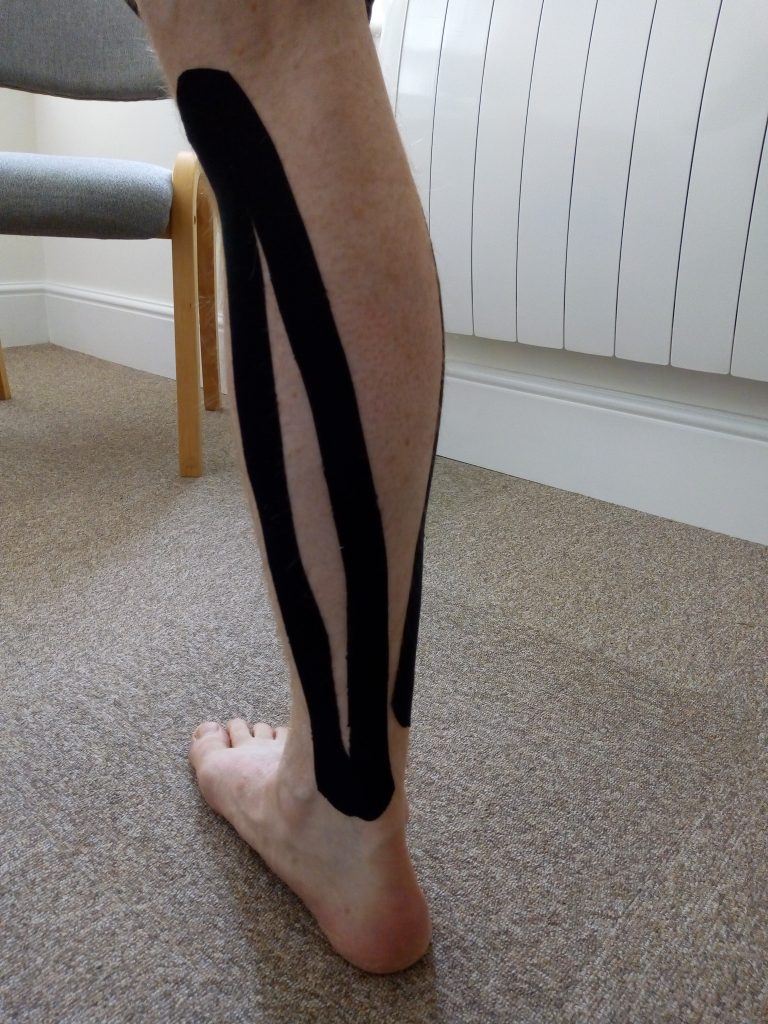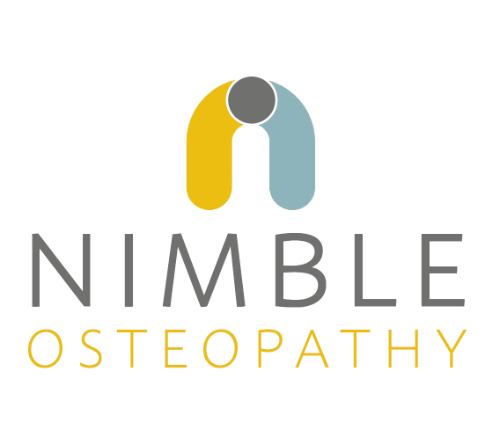Chances are, your daily routine has been disrupted beyond recognition right now. If your call’s and emails’s are anything to go by, this dramatic change to your routine has been playing havoc with your body.
If you’re anything like us, the one innoculous symptom you may be struggling with and not necessarily treating, is tight calves. Read on to find out why treating this niggle goes a long way to improving whole body health.
Your ‘calf muscle’ is actually called Gastrocnemius and is made up of two ‘heads’; medial and lateral, underneath Gastrocnemius lies your Soleus muscle. Working together, these muscles form your calf pump.

Your calf pump helps pump/push deoxygenated blood from your lower limbs, back up to the heart for re-oxygenation.
Therefore, having a good, strong calf muscle is important for whole body health, but is particularly useful in assisting your cardiovascular system to pump blood around your body.
Tight calves can be caused by:
- Overuse – sudden start/increase in activity or change in activity
- Underuse – not moving enough
- Muscle wasting (atrophy) – see underuse but also common in older age
- Muscle tears – these would also be acutely painful as well as tight
- Nerve tension / ‘Sciatica’ – I have put this in inverted commas because this is an overused (and often incorrect) term to describe nerve pain that travels down the back of the thigh and leg.
- Footwear – a change of footwear is enough to challenge the calves, common footwear changes hat cause problems are; sandals and high heels.
So can you do something about it yourself? Yes!
The good news is, resolving an issue like tight calves doesn’t need to involve your osteopath / sports therapist. You simply need to consider how and when your symptoms started, does any of the above resonate with you? If so, alter your activity to address the imbalance and start to rehab your calves by gently stretching and strengthening your calves.
! Remember, strong healthy calves help your whole body to function better.
Calf muscle stretching is often overlooked, yet so rewarding. For example, over tight calves cause more ground reaction force to travel though your joint’s, especially your knee’s. Meaning, that with each step you take, your knee’s are having more force through them than if you had looser calf muscles. Over time, this can cause increased wear and tear.
Another example is how muscle chains work. Tight calf muscles can cause issues up and down ‘the chain’, downward tension would increase tension through your achilles tendon and onwards to the plantar fascia (in your feet). Upwards tension might give rise to issues in your hamstring’s or even your lower back. The increased tension can cause injury at any area along that chain. So you may be able to ease your lower back pain, that you’ve developed since walking more, by stretching your calf muscles!
As with all stretching, the aim is to do it gently to allow the muscle fibres to lengthen, without damaging the ligament and tendon attachment to the bones, which would result in more injury. Stretching may be uncomfortable, but never painful.
See the video below this paragraph for a good example of a calf stretch.
If you bend the back leg as you’re stretching you will target the 2nd main calf muscle the soleus.
In addition to stretching your calves, you want to make sure you also have a good level of strength in the muscle. The best way to strengthen your calf is the very basic, but effective, calf raise. See below for a video on how to perform a calf raise. Just remember to stretch your calf after performing a strength exercise – a stretched strong muscle is a more effective muscle.
If it doesn’t settle down, what can you expect from a treatment?
With a lot of calf and achilles issues we would generally start with soft tissue massage to release the tension within the muscle and the achilles tendon. The purpose of this would be to relieve symptoms to allow you to do the strengthening exercises and stretching exercises more effectively. It is possible that this will be sufficient and can be resolved within one or two treatments.
If the calf/achilles issue is more chronic then it is likely it would take more time / treatment to resolve the issue, simply as the muscle will need more repeated massage to encourage it back to a healthy state.
If you are unlucky enough to have strained your calf or achilles then your symptoms may actually prevent you from being able to do the exercises. The best advice for acute injuries like muscle strains (tears) is still RICE; Rest Ice Compression Elevation, but this will depend on the extent of your injury, if you think you have this symptom, please call us for specific advice.
In clinic, we may use kinesiology tape to support and offload the calf muscle and achilles tendon. This can help with pain relief and provide support to allow you to move without hobbling. During recovery it is really important to try not to hobble as that can have a knock on effect to other joints and muscles in your body, e.g hips, back, knees etc.

If you have any questions about this article or would like to discuss your symptoms with us, please call us on 01275 750207.
For more social posts from Nimble Osteopathy, find us on facebook or instagram.

Recent Comments